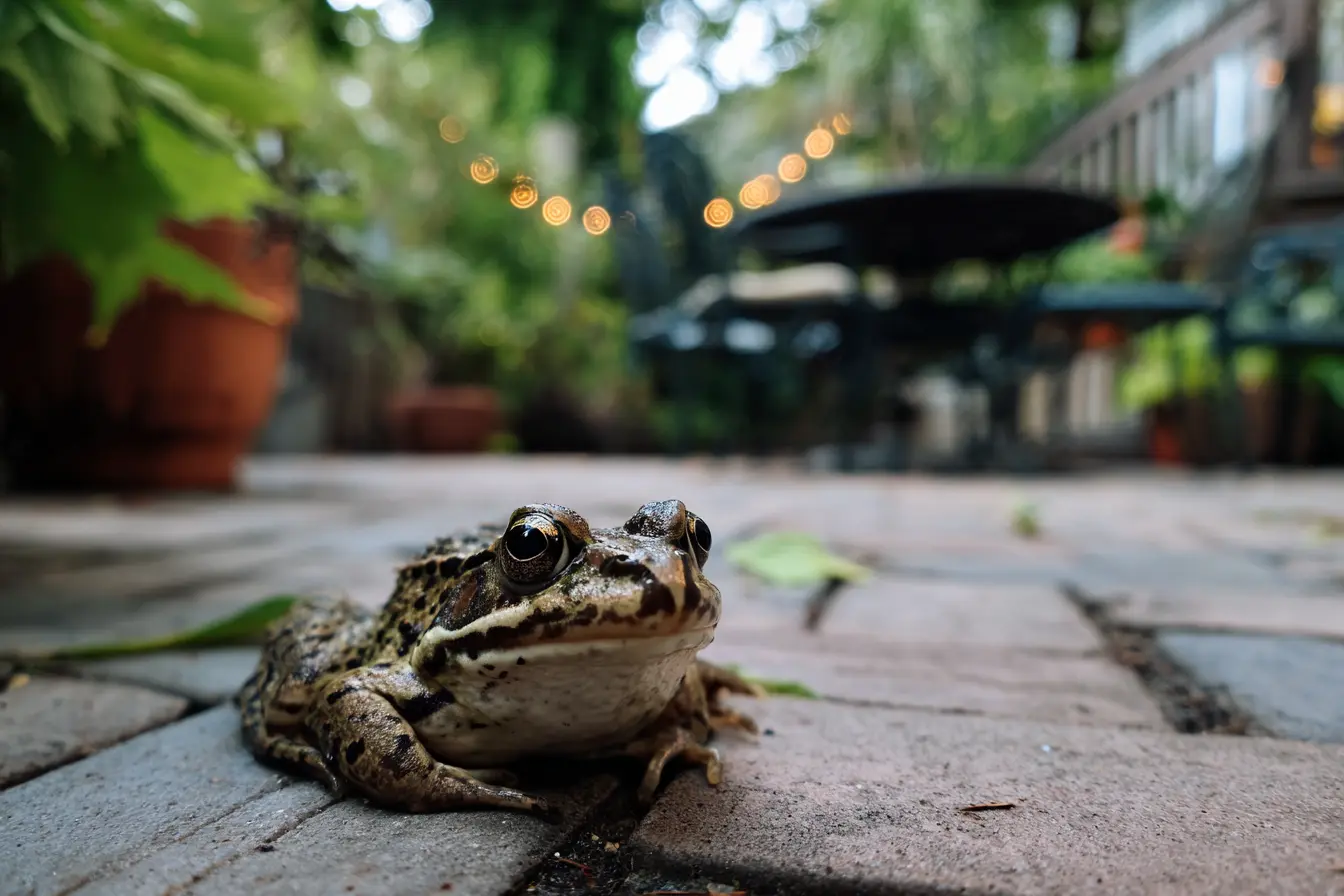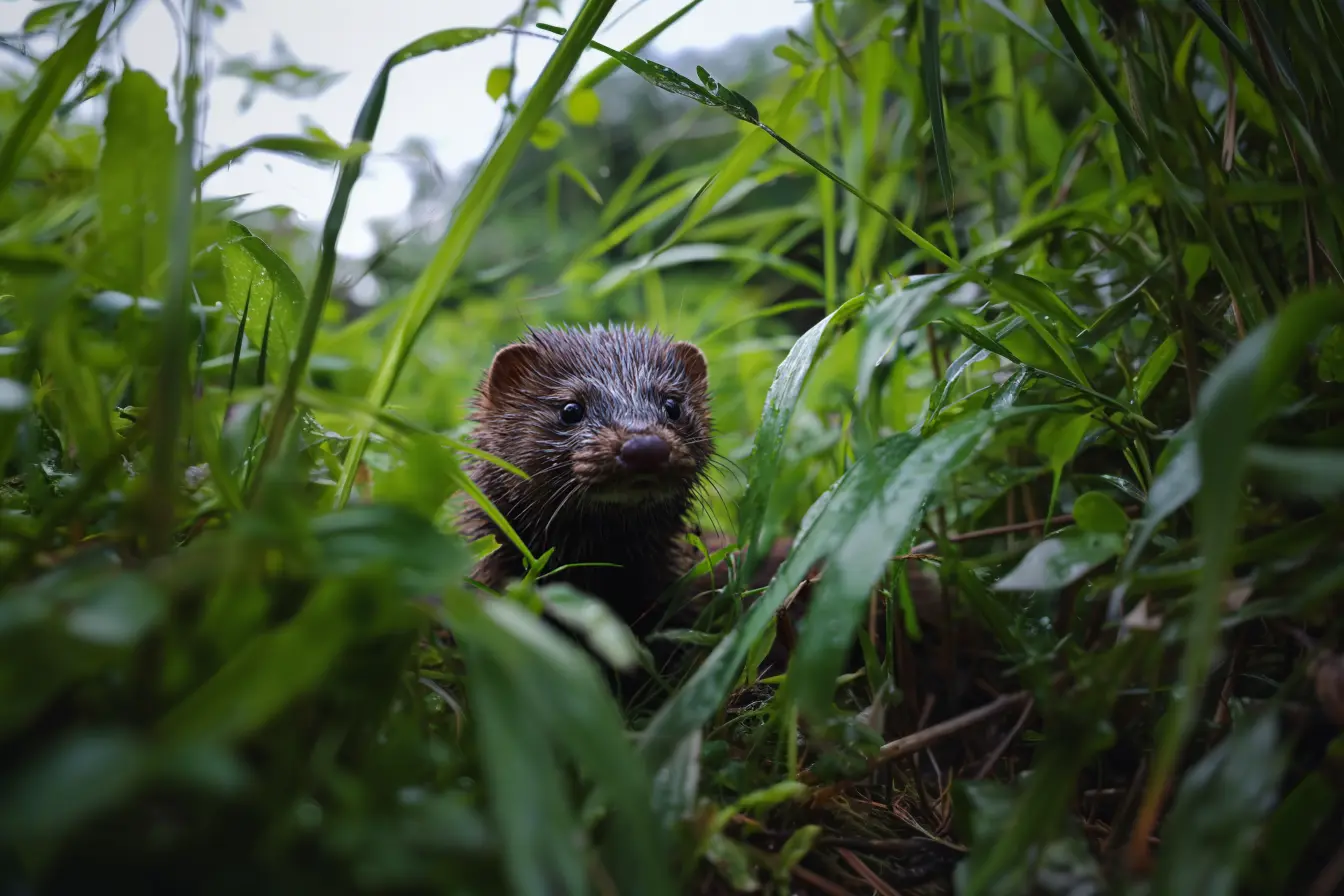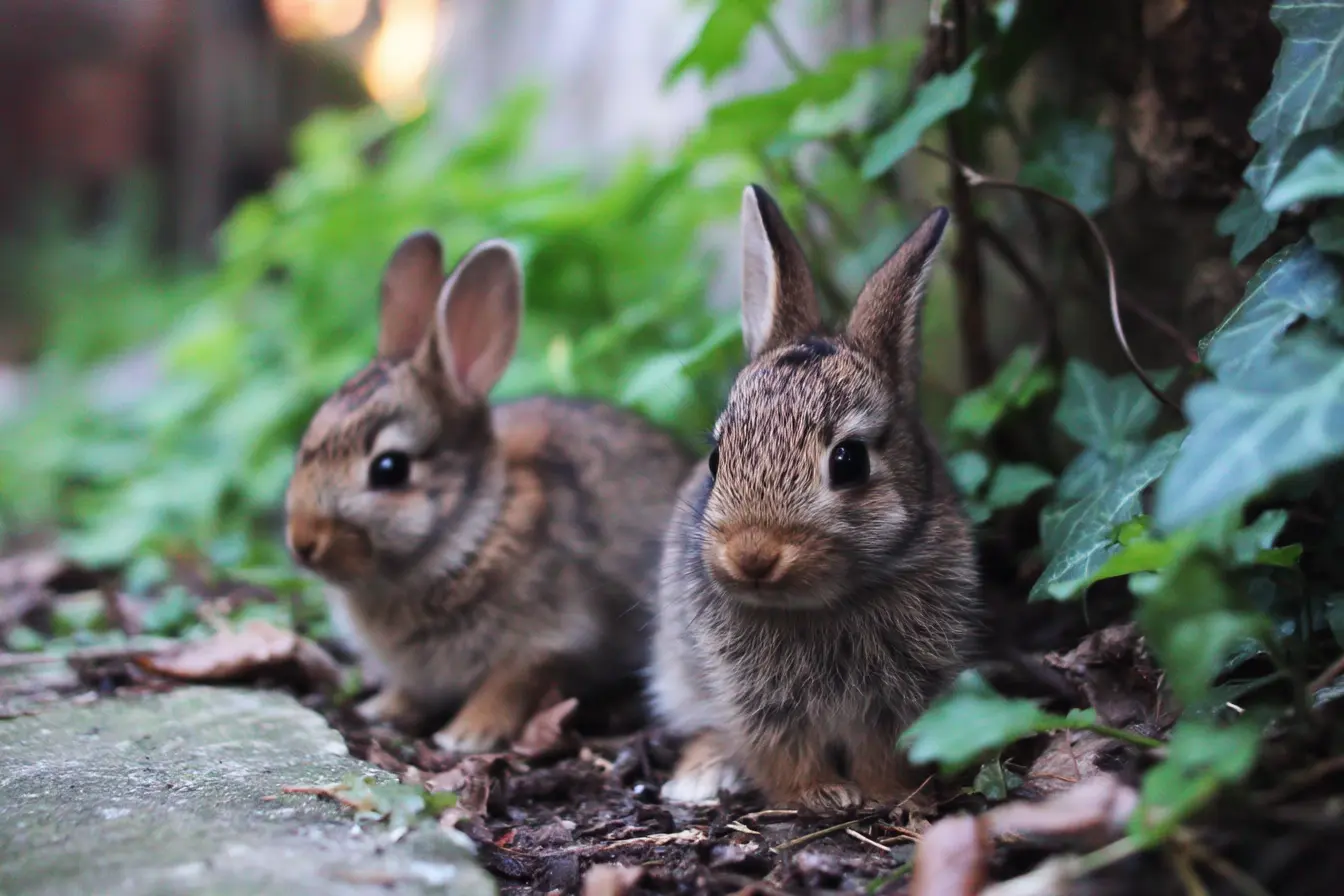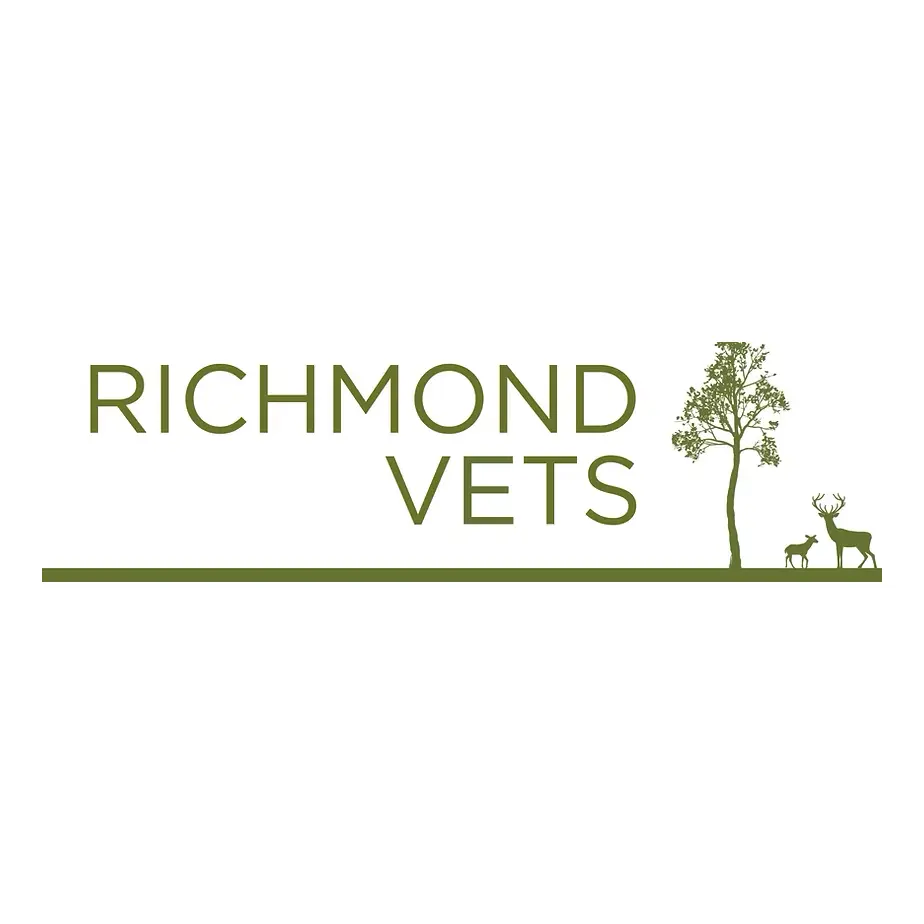
Badgers and Bovine Tuberculosis: Understanding the Link and Moving Towards Solutions
Bovine tuberculosis (bTB) is a longstanding and challenging disease for the UK’s farming community. Affecting cattle herds across large parts of the country, bTB has significant economic and emotional impacts for farmers. Central to the conversation around bTB control is the role of badgers, a much-loved native species that can also act as a wildlife reservoir for the disease.
In this post, we’ll unpack how badgers are linked to bTB, what the implications are for farmers and land managers, and how different strategies are being used to reduce the disease’s impact.
What is Bovine Tuberculosis?
Bovine tuberculosis is caused by the bacterium Mycobacterium bovis. It primarily affects cattle but can also infect other animals, including deer, sheep, goats and certain wildlife species. In cattle, it can lead to weight loss, coughing, and eventually death if not managed.
For farmers, a bTB breakdown in the herd brings tough challenges: movement restrictions, extra testing, and the culling of infected animals. These measures are essential to control the spread of the disease, but they come at a high cost both financially and personally.
The Role of Badgers in bTB
Badgers are susceptible to M. bovis and can develop bTB themselves. Infected badgers can excrete the bacteria in their urine, faeces, and sputum, contaminating the environment around their setts and feeding sites.
Transmission between badgers and cattle typically happens in areas of shared grazing or through contaminated water and feed. While direct contact between cattle and badgers is relatively rare, the overlap in habitat use creates opportunities for indirect disease transmission.
Research has shown that in high bTB incidence areas, badgers can maintain and spread the disease within their own populations and potentially to local cattle herds. This makes them an important factor in the overall persistence of bTB in the countryside.
Implications for Farmers and Livestock
For farmers, the link between badgers and bTB creates a complex challenge. Even with strict cattle testing and control measures in place, the presence of a wildlife reservoir like badgers means the risk of re-infection remains.
This has led to significant debate and strong feelings within farming communities. Many farmers support targeted badger management as part of an integrated approach to bTB control, while others highlight concerns around badger welfare and conservation.
Managing the Risk: Culling and Vaccination
To address the role of badgers in bTB, the government has implemented a range of strategies:
-
Badger culling: Licensed culls have been carried out in some high-risk areas. The aim is to reduce the density of infected badgers and lower the chances of transmission to cattle. These culls are closely regulated to ensure they are humane and based on scientific evidence.
-
Badger vaccination: In other areas, badger vaccination programmes are being trialled. The BCG vaccine doesn’t cure badgers that already have bTB, but it can reduce the spread of infection in the badger population and slow the overall disease cycle.
-
Farm-level biosecurity: Many farmers are investing in practical steps to reduce contact between badgers and cattle. Measures include securing feed stores, managing water sources, and using electric fencing around vulnerable areas to limit badger access.
Striking a Balance
Badgers are a protected species under UK law, and any management activity has to consider not just disease control but also conservation and animal welfare. This makes bTB management a complex balancing act.
Scientific research continues to inform these strategies, helping to refine culling and vaccination approaches and ensure that any interventions are as effective and humane as possible.
Conclusion
Bovine tuberculosis remains one of the most challenging animal health issues in the UK, and the involvement of badgers adds to its complexity. Reducing bTB in cattle requires a combined effort:
- Effective testing and control within cattle herds
- Practical farm-level biosecurity
- Carefully managed wildlife strategies
By working together—farmers, government agencies, veterinary professionals and conservation groups—there is hope of reducing the impact of this disease on farming businesses and wildlife alike.
Vets near you
Speciality vets
- Aquatics vet specialists
- Birds vet specialists
- Camelids vet specialists
- Cats vet specialists
- Cattle vet specialists
- Deer vet specialists
- Dogs vet specialists
- Equines vet specialists
- Exotic vet specialists
- Goats vet specialists
- Pigs vet specialists
- Poultry vet specialists
- Sheep vet specialists
- Small Mammals vet specialists
- Wild vet specialists











